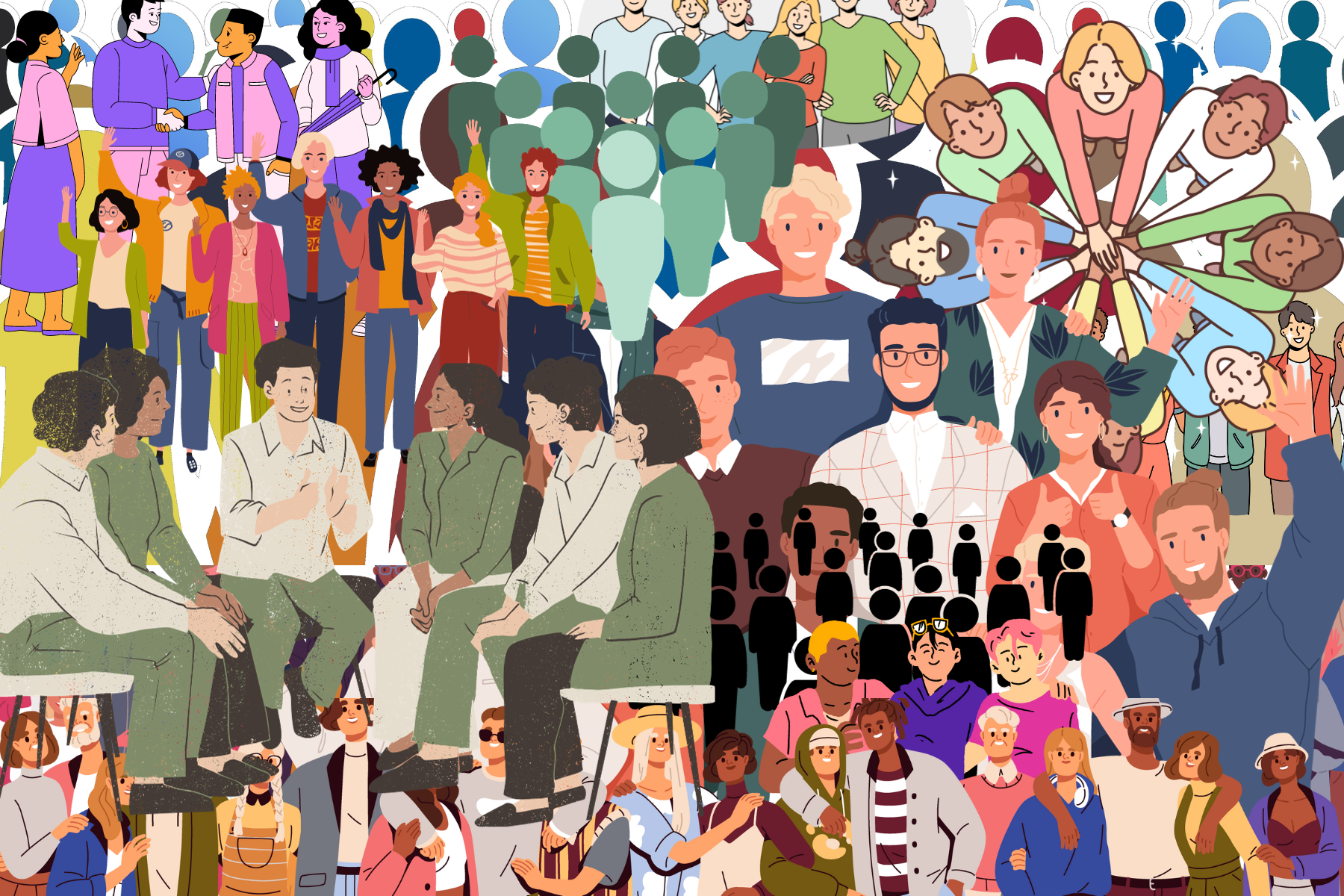The problem with personas (there’s something bigger than Phil).
Personas, personas, personas. So many arguments. So many failed projects. So much unrealized potential to help teams make better products.
The problem with personas is….OMG, please don’t make me finish that sentence.
Ok, fine.
The problem with personas is that they seldom ‘work.’ We have endless arguments and debates about why, which also causes problems.
They don’t work because there’s something bigger than Phil (this will make sense in a minute).
Alan Cooper’s original idea was and is genius: create very specific representations of users based on data. Use those representations to make the wants, needs (and other data about) users clear, relatable, and PRESENT in the design and dev process.
His Inmates are Running the Asylum book argued that products were being designed by devs (read his book again!) and that raw data wasn’t and isn’t enough to get devs and other stakeholders to focus on users. Totally true.
When we wrote the first Persona Lifecycle book from 2000-2005, John Pruitt and I already knew lots of the problems with personas: lack of buy-in, they were expensive to create, they tended to ‘die on the vine’ even if they seemed popular at first, the ‘right’ way to ‘do personas’ has been debated for two decades, they are easy to dismiss, ‘ownership’ of them becomes political, products and users change, the types of data ‘required’ for them is debatable, marketing personas and product personas turned out to be two different things, the ‘right’ way to communicate them varies wildly-the list goes on.
People (like me!) started bastardizing the ‘create personas out of data’ requirement (I’ve been focused on non-data-driven personas since before the first Lifecycle—first I called them Ad Hoc Personas and now I call them Alignment Personas. Cooper is not a fan, but I'm still his fan.)
Why did I stop using data to create personas?
Because I thought (and think) personas are genius and I saw that so many persona efforts were failing. I searched for the reason.
I found out … well, Mel Brooks and Carl Reiner illustrate it best, in this gem from their The 2000 Year Old Man recording. Mel Brooks is the 2000 year old man, and Carl Reiner interviews him. It’s an absolute delight. They’re talking about religion, but they could be talking about “perfect personas”:
Carl Reiner (Interviewer): Did you believe in anything?
Mel Brooks (the 2000 Year old man): Yes, a guy - Phil. Philip was the leader of our tribe.
Carl: What made him the leader?
Mel: Very big, very strong, big beard, big arms, he could just kill you. He could walk on you and you would die.
Carl: You revered him?
Mel: We prayed to him. Would you like to hear one of our prayers? "Oh Philip. Please don't take our eyes out and don't pinch us and don't hurt us....Amen.”
Carl: How long was his reign?
Mel: Not too long. Because one day, Philip was hit by lightning. And we looked up and said..."There's something bigger than Phil."
To me, persona arguments are all about our ‘Phil': the ‘perfect’ personas in the perfect data-driven design and dev process.
There's something bigger than Phil.

